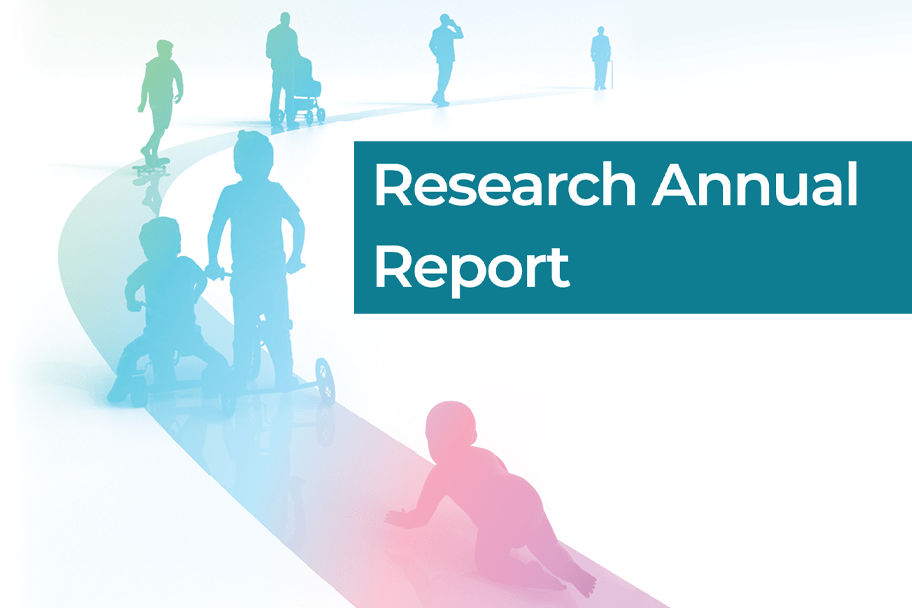Research to Change the Field of Human Genetics
Gene therapies offer the latest opportunity to correct genetic disorders in humans. In line with Cincinnati Children’s mission, the human genetics research team works across our organization to provide the best clinical care for patients and their families while training the next generation of caregivers. We also achieve this mission while conducting leading-edge research that changes the game for patients worldwide.
Breakthrough research doesn’t just stay in the lab—it goes to the bedside. This “team science” method means better approaches to translational research with clinicians, caregivers, and researchers who work across multidisciplinary teams to conduct effective studies. And with an in-house biobank and gene sequencing facility, Cincinnati Children’s researchers can quickly run samples and deliver results to bring seamless, advanced care to patients.
Our Research
With funding from the National Institutes of Health, the U.S. Air Force, the Bill & Melinda Gates Foundation, and more, Cincinnati Children’s human genetics researchers are working to change the fields of genetics, immunology, and rare disease treatment. Key research areas include:
- Center for Autoimmune Genomics Etiology (CAGE)
- Center for Circadian Medicine
- Center for Pediatric Genomics
- Collaborators including Biomedical Informatics (BMI), Center for Stem Cell & Organoid Medicine (CuSTOM), Genetic Pharmacology Service, Genomics Research & Innovation Network (GRIN), and Perinatal Institute
- Discover Together Biobank
- Genomic Information Commons
From seeking cures for rare genetic diseases to identifying genetic causes for conditions that aren’t understood, researchers at Cincinnati Children’s are working to understand, treat, and cure diseases at every step.





